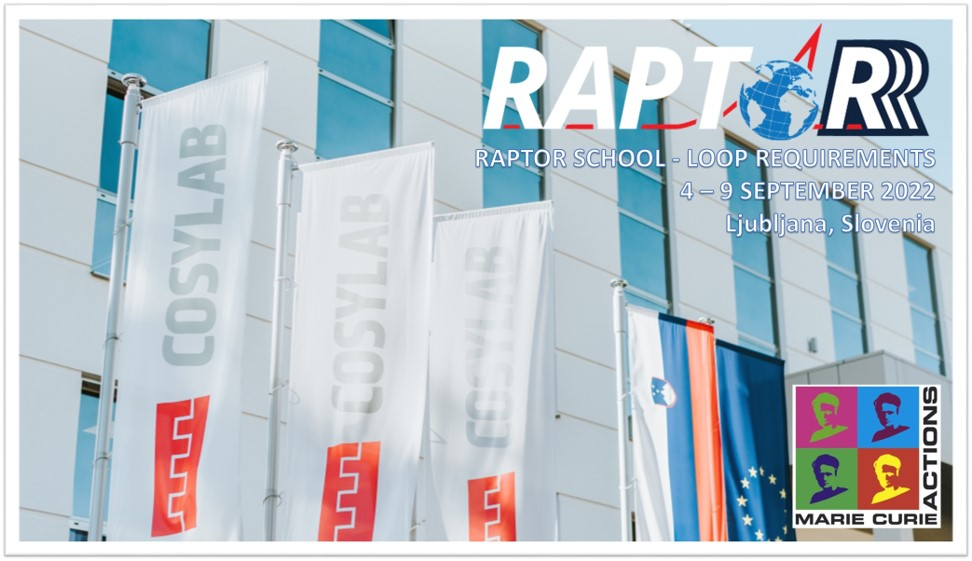Speaker
Description
Deep neural networks have already been tremendously successful in real-world applications, ranging from science to public life. The area of imaging sciences has been particularly impacted by deep learning-based approaches, which sometimes by far outperform classical approaches for particular problem classes. This talk shall give an introduction into this exciting research field. We will first discuss deep neural networks in general, their set-up as well as their advantages and disadvantages. Then we will focus on the application of deep neural networks to problems in imaging sciences. Due to their success, we will pay particular attention to so-called hybrid methods, namely those which optimally combine traditional model-based methods with deep learning-based approaches to not neglect known and valuable domain knowledge. As a numerical illustrative example, we will discuss the application of limited-angle computed tomography. Finally, we will also touch upon the issue of how to interpret the results of such algorithms, and present a novel, state-of-the-art explainability method based on information theory.

